[ADC 45 minutes] The first phase 丨 Now and the future -ADC drug in breast cancer treatment
Author:Cancer Channel of the Medical Time:2022.08.01
*For medical professionals for reading reference
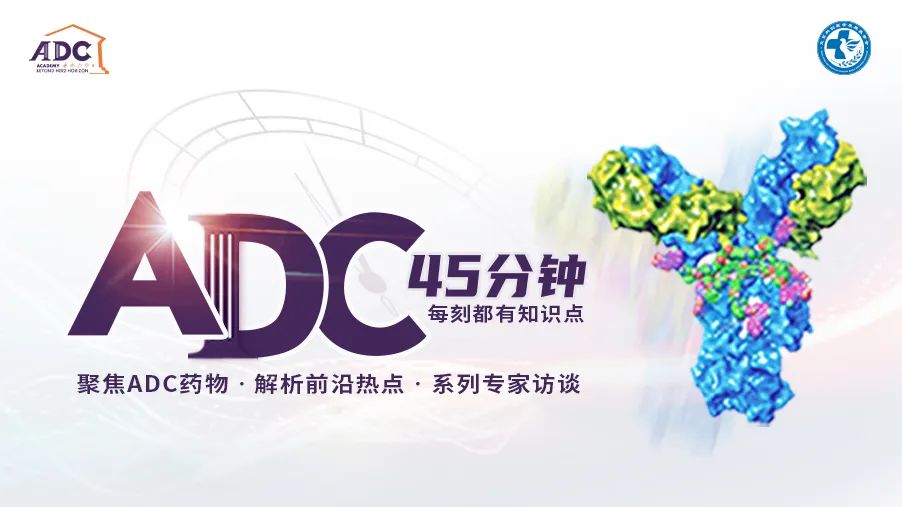
Anterior
"ADC 45 minutes" was launched, Ma Fei, Zhang Jian and Ouyang are growing. The three professors will take you to experience the existing pattern and future outlook of breast cancer ADC drugs in detail.
In recent years, the development of ADC drugs has attracted much attention. As a popular track in the field of tumor, ADC drugs have been attracted much attention. Hosted by the Beijing Science and Technology Innovation Medical Development Foundation, the academic column of interviews by co -supported by Astraikon and the Medical Communication Media- "ADC 45 minutes" opened on the ADC Academy platform. The project aims to invite well -known experts at home and abroad to focus on ADC drugs. , Analyze the frontier hotspots and explore the present and future of ADC drugs.
On July 20, 2022, the first phase of the "ADC 45 minutes" was officially opened. Professor Ma Fei, Professor Ma Fei, Professor Zhang Jian of the Cancer Hospital of Fudan University, and Professor Ouyang of Hunan Cancer Hospital participated together. The present and future of ADC drugs analyzes the cutting -edge hotspots of HER2, Trop2 and other new target ADC drugs in the treatment of breast cancer.
Professor Ma Fei mentioned in the opening: "ADC drugs have achieved great success. In various academic conferences, there are wonderful results of ADC drugs at various academic conferences. At present, 14 ADC drugs in the world have been approved for listing (as of the end At the end of 2021), including 3 ADC drugs in the field of breast cancer therapy. Since the first ADC drug in 2020 has entered China, 5 ADC drugs have been approved by anti -tumor treatment indications in China, and they are about to usher in the first No. 1 The approval of the six ADC drugs. Not only that, there are many independent developed ADC drugs in China in the booming development. "In general, ADC drugs have become the current attention hotspot.
The impact of existing ADC drugs on breast cancer treatment
Professor Ma Fei's prelude to: ADC drugs combine the efficiency of chemotherapy and the specificity of targeted drugs, which not only overcomes the limitations of traditional chemotherapy, the limitation of the narrowing windows, but also greatly improves the anti -tumor effect of targeted drugs Essence At present, the three ADC drugs T-DM1, DS-8201, and SG, which have been listed in the field of breast cancer, have made significant breakthroughs in their respective III clinical studies. Based on the current research data, how to view their currently in breast cancer in breast cancer Treatment status? With the domestic approval of listing, what impact will it affect the clinical pattern of breast cancer treatment?
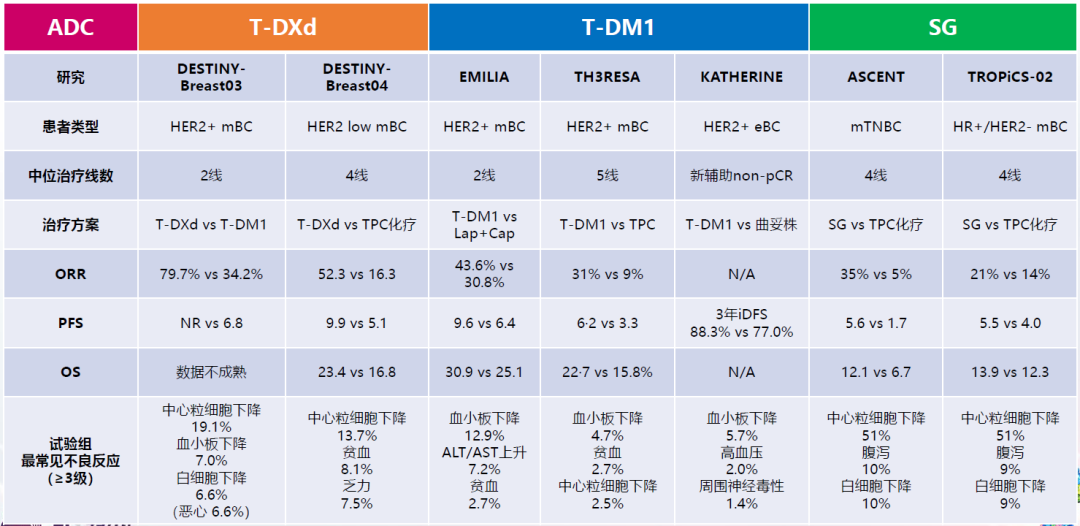
Professor Zhang Jian: In the early Emilia studies, T-DM1 brought 9.6 months of mid-range unpaid survival (PFS) to HER2-positive breast cancer, which established its 10-year-long second-line standard treatment position. However, in the later research and exploration, T-DM1 was not successfully introduced into new assisted therapy, simple auxiliary therapy, and advanced first-line therapy. Despite regrets, this also provides space for future research and exploration. Compared with T-DM1, DS-8201 has a more optimized structural design, and thanks to this advantage, DS-8201 won a full victory in Destiny-Breast03 in the head-to-DM1 head-to-DM1. The median PFS reaches 25.1 months. At present, DS-8201 has been approved by second-line treatment abroad. It is believed that in the near future, it will also become an important choice for the second-line therapy of domestic HER2 positive breast cancer.
SG is Trop-2 targeted ADC drugs. ASCENT studies have confirmed that SG has a good curative effect in the treatment of advanced three-negative breast cancer (TNBC) ≥2 line. It has also been approved in China. In the process of practical effects in the future, some original derivatives were also observed, so some research and exploration of SG in cross-split breast cancer has also received more and more attention, including evaluating SG in HR+/HER2-breast gland. Tropics-02 studies obtained in the treatment of cancer on cancer. Overall, these ADC drugs that have been approved currently have a high net profit rate based on their good efficacy and safety. In addition, there may be sequential treatment between these ADC drugs, which prompts the existing treatment pattern to further change. However, how to develop the best treatment order for patients in the future may require more research on data support.
Ouyang Choose Professor: ADC drugs realize the dream of precision chemotherapy of oncologists. It is a type of anti-tumor drug with high-level design concepts. At present, DS-8201 and SG are the most concerned ADC drugs in breast cancer treatment. In the field of HER2-positive breast cancer, based on the heavy results of DB03 research, the DS-8201 has completely replaced the T-DM1's second-line therapy position, such as ESMO, NCCN, ABC, ASCO and other guidelines have been preferred as a second-line selection. In the country, pylinib is also a standard second-line therapy option. It can extend the median PFS of HER2-positive breast cancer patients to 12.5 months. Although there is no head-of-header research, from the perspective of value, DS-8201 second-line treatment may have more more than more. Big advantage, but the advantages and disadvantages still need to be further research and verification. In the future, the related research of ADC drugs will be the direction worth exploring.
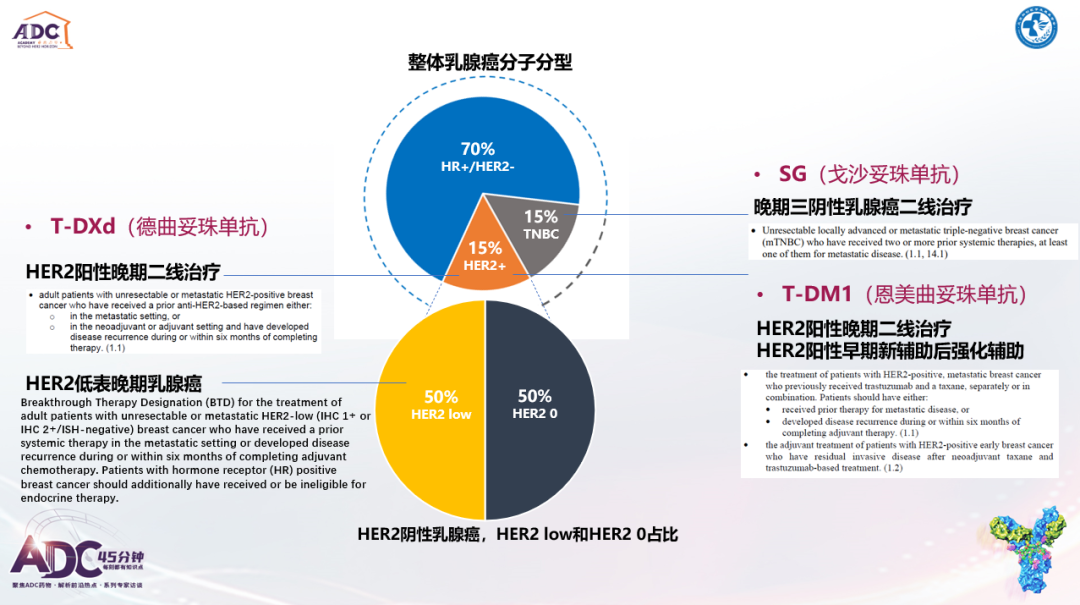
SG has shown a good effect on the advanced TNBC in IMMU-132-01 and Ascent research, and has also received common recommendations from domestic and foreign guidelines. Given the extensive distribution of Trop-2 targets in different types of breast cancer, the possibility of SG treats other breast cancer. This was fully reflected in the Tropics-02 study released by the ASCO conference this year. The results show that SG has significantly benefited from HR+/HER2-breast cancer compared to the doctor's selected chemotherapy.
It should be pointed out that the proportion of HER2 low expression in overall breast cancer is about 50%. Based on Destiny-Breast04 (DB04) research results, DS-8201 is expected to become the first targeted therapy for HER2 low-expression breast cancer. At present, the 2022 NCCN Guide V4 version and 2022 ASCO HER2 negative breast cancer treatment guidelines have included DS-8201 treatment HER2 low-expression breast cancer into the treatment recommendation, thereby laid the important position of HER2 low expression as the new clinical treatment typing. The DS-8201 will also become the first standard treatment drug for HER2 low-expression breast cancer. In addition, in view of HER2 low expression is widely distributed in TNBC and HR+/HER2-breast cancer, this means that DS-8201 is expected to achieve full coverage of patients with all types of breast cancer.
The difference between design and structure of ADC drugs
Professor Ma Fei's prelude: ADC drugs may be more complicated and mutually different from the traditional targeted drugs, and there may be large differences between each other. Different from drug design and structure determines its clinical efficacy and safety Division, whether it can analyze the differences between the three major ADC drugs in the field of breast cancer therapy in drug design and structure, and talk about thinking about the use of these drugs.
Professor Zhang Jian: In terms of drug design, the choice of targets is very important. First of all, it is necessary to meet the characteristics of differentiation in tumor tissue and normal cell surface. Otherwise Point dependency toxicity. For example, Trop-2 targets, in addition to high expression on the surface of tumor cells, also have a certain degree of expression, including gastrointestinal tract, urinary epithelial tissue, etc., and the adverse reactions of the corresponding target ADC drugs are worthy of attention.
Secondly, for connectors, from the first, second generation to three generations, or even three generations, it can be divided into cracking and non -cracking connections. In the design of the previous ADC drugs, in order to avoid the target toxicity, the more stable the connection is the more stable, but although the non -cracking connector is extremely stable, the corresponding ADC drug does not have an onlooker effect, so its anti -tumor killing effect is slightly inferior. In the current design, after I hope that ADC drugs are swallowed internal, the release of the release of the release can penetrate the cell membrane to exert the effects of the onlooker and further enhance the activity of the anti -tumor. Technical conditions.
Third, the drugs of most ADC drugs are microtubin inhibitors such as T-DM1, and the DS-8201 and SG loads are topological isolatease I inhibitors. Other types of drugs include DNA damage agents. ADC drugs, which can avoid cross -drug resistance, can avoid cross -drug resistance. It is also a very important consideration in the treatment of anti -tumor sequential treatment. The anti -tumor activity of the topological isolates I inhibitors is biased in the current carriers. It is a special design and improved the DAR value to strengthen its therapeutic effect, and achieve the balance of desertor toxicity and high DAR. The DS-8201 has 10 times the vitality of the DS-8201, and thanks to the optimization of connecting the sub-structure. Its DAR reaches the theoretical high value and does not increase the in vivo removal rate. It is also very low. New ADC drugs with sexual structure design. Ouyang Choose Professor: ADC drugs have more powerful anti -tumor activity compared to traditional chemotherapy and monoclonal antibodies. In the past, a variety of anti -HER2 targeted therapy, chemotherapy, endocrine therapy, and even CDK4/6 inhibitors progressed Significant benefits can still be obtained in cancer. And existing research also reflects the possibility of different ADC drug sequences, but in the future, T-DM1, DS-8201, and SG in breast cancer treatment still need further research and design to verify.
The research layout of ADC drugs in breast cancer
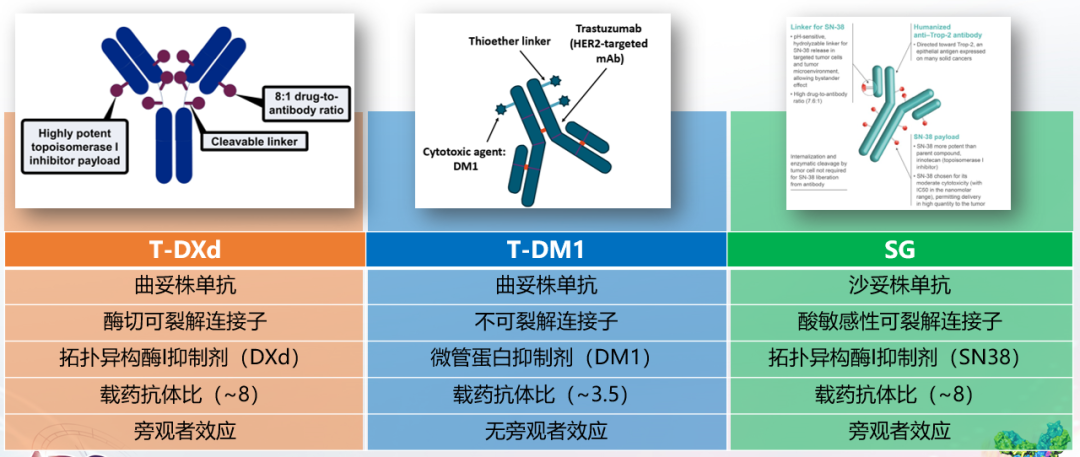
And possible treatment pattern changes
Professor Ma Fei had an presence: ADC drugs brought huge surprises to the treatment of breast cancer, and have been in the process of continuous exploration. For example, T-DM1 has been successfully developed in the field of advanced first-line and early breast cancer treatment in the backline and second-line treatment of HER2-positive breast cancer. end. Subsequently, I tried various joint treatment layouts, including combined small molecular tyrosine kinase inhibitors (TKI) or combined immunotherapy, in order to further expand their treatment indications.
DS-8201 also conducted a wide range of research layouts: advanced backline (DB01) and second-line (DB03) treatment successful; actively deploying advanced first-line (DB09) and early new assistance (DB11) and strengthening assistance (DB05); at the same time, at the same time,, at the same time,, at the same time, HER2 low expression is successful in the backline (DB04) treatment, and will also explore the front line, and in search of the boundary of HER2 low expression to better define the beneficiaries. Another direction of DS-8201 is also discussing joint medications, such as DB07, DB08 and Her2clImb-04, Begonia, etc., all of which suggest the huge potential of various joint treatment strategies based on DS-8201.
The research and exploration of SG in multi -centers around the world is also continuously carried out. Not only is it approved for the treatment of advanced TNBC (≥2) indications, but also moves the number of therapy lines to the late TNBC front line and the early new auxiliary/auxiliary therapy stage. In addition, there are also layouts in early assistance and advanced backline of HR+/HER2-breast cancer.
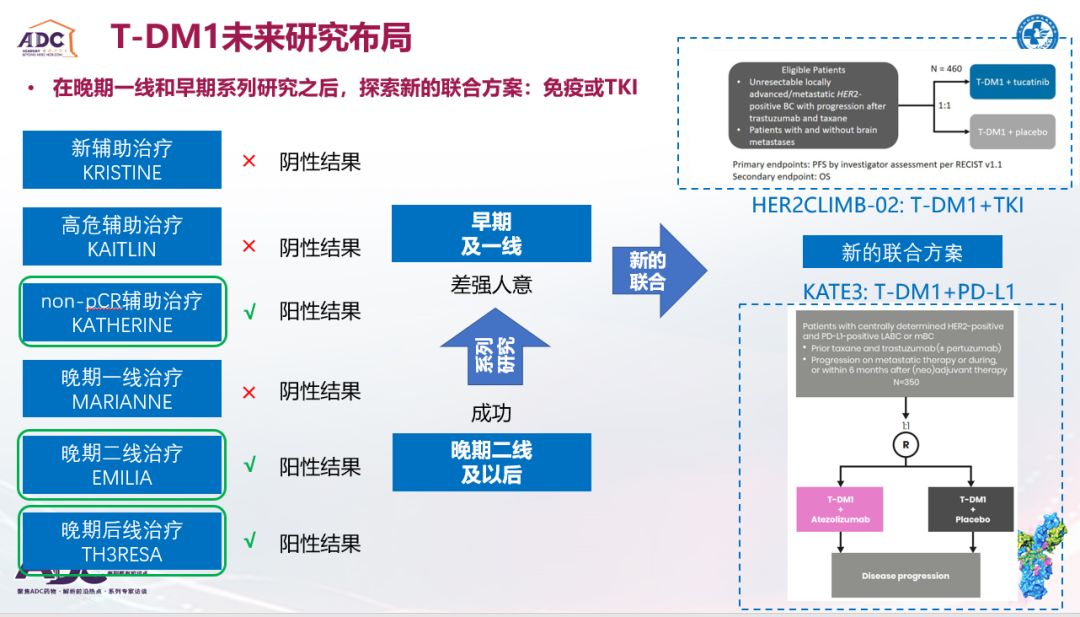
If the relevant studies of ADC drugs are successful, what will happen to the treatment of breast cancer?
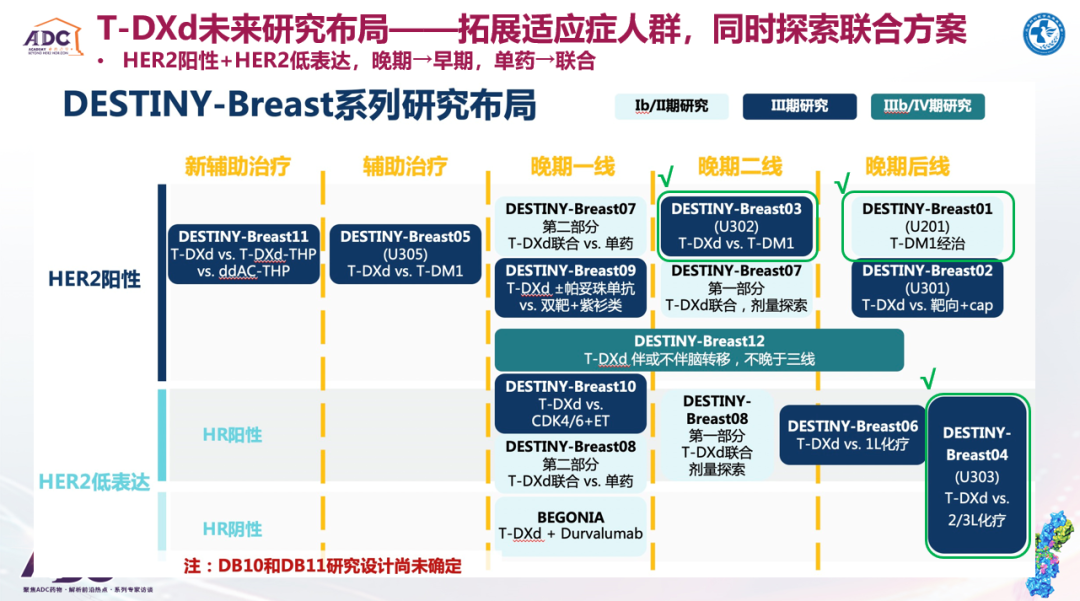
Professor Zhang Jian: In addition to strengthening assistance, advanced second and third-line treatment, T-DM1 also conducted a lot of other attempts in the field of breast cancer treatment, but basically returned. Further analysis found that T-DM1 may be observed in these studies and explorations to observe specific beneficiaries, prompting the target patients of related research, and the effect of T-DM1 may play the effect in specific application scenarios.
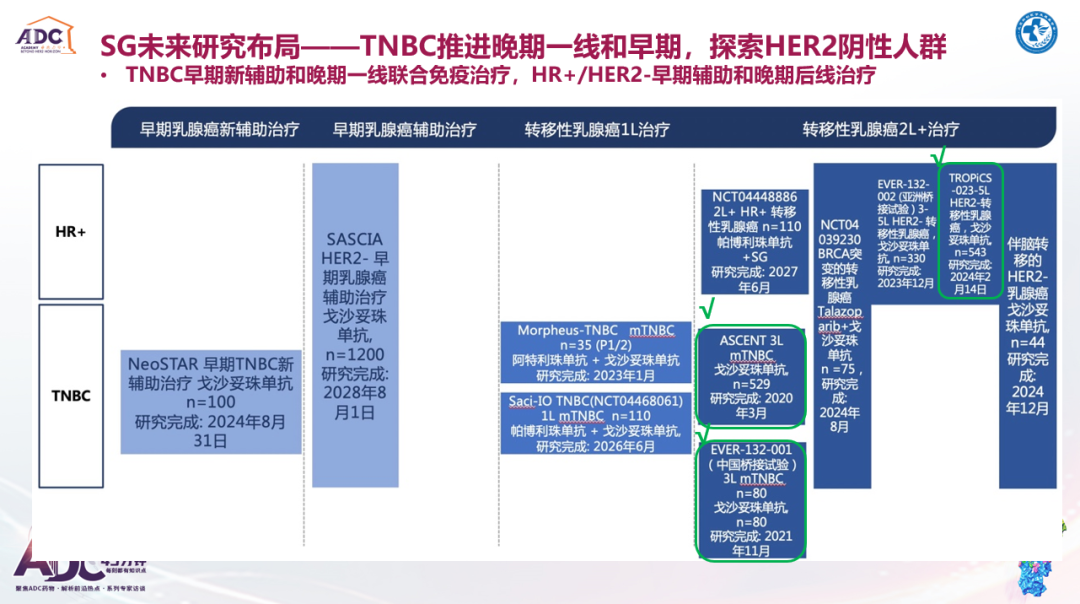
However, overall, the entire layout of T-DM1 in the field of breast cancer treatment may not be as good as DS-8201. For example, the DB06 study will confirm that HER2 extremely low expression of breast cancer patients receive DS-8201 treatment effective, and the research results are waiting to see. DB09 research expected to explore the benefits of advanced first-line treatment is also a positive result, which means that DS-8201 will be resistant to the standard advanced first-line treatment plan-Qu Pa Shuangpa combined chemotherapy (HPK). Not only that, the DS-8201 is also very likely to surrender the satisfactory answer sheet in the field of neo-assisted therapy and auxiliary therapy, partly replacing HPK and T-DM1. These all show that with the announcement of more research data in DS-8201, a new round of treatment changes will usher in the breast cancer field, and how the corresponding drugs should be arranged may become a hot spot.
Regarding the treatment exploration of SG in the advanced front line of TNBC, the joint immunity may have made breakthroughs; in the field of neo -assisted therapy, the Neostar research data released by the ASCO conference in 2022 also has room for improvement. In order to further improve the benefit of treatment, Professor Shao Zhimin's team is currently carried out related work. The application prospects of SG in breast cancer auxiliary treatment may not be as clear as DS-8201. Whether it can make some special considerations for people expressed in Trop-2 in the future, it is worth looking forward to.
Overall, these three ADC drugs have achieved some achievements in their clinical application scenarios. I hope that in the future, they can make good achievements and select people who benefit the advantages. To greaterly benefit patients with breast cancer.
Ouyang Choose Professor: DS-8201 fully surpasses T-DM1 in terms of drug design, and from the current research data of DB03, it is also completely crushing T-DM1. The possibility of obtaining positive results in DB05 to obtain positive results in DB05. In addition, DS-8201 challenged HER2-positive breast cancer's advanced first-line standard treatment of DB09, which is currently in full swing in major domestic centers, and the research progress is far exceeding expectations. These all suggest that in the near future, DS-8201 is expected to have an overwhelming impact on existing standard treatment of breast cancer again, fully showing the huge treatment potential of DS-8201. The future expectation of ADC drug
Professor Ma Fei's prelude: The new ADC new drug layer is endless, and there are positive explorations in multiple therapeutic targets. However, many clinical studies of ADC drugs have not announced the results or only announced the early clinical results. There are even many innovative drugs in the preliminary early exploration. Based on this, what other expectations for ADC drugs will be?
Professor Zhang Jian: In the future, the R & D direction of ADC, in addition to the R & D targets of ADC drugs that have established ADC drugs, targets such as LIV-1, HER3, B7-H3, B7-H4 are actively developing. The more critical point is that the target is highly expressed on the surface of tumor cells, and the low expression in normal tissue is reduced, thereby reducing the target dependency toxicity of ADC drugs. At present, ADC drugs with more than 10 targets have been reported in TNBC. In addition, in terms of new drug design, the carrier can also have tumor specialty, thereby reducing the toxic side effects that ADC drugs can produce the effect of the onlooker.
Ouyang Choose Professor: In the future, finding antibodies and high -active drugs for different targets are the research and development hotspots of ADC drugs. And based on the progress of HER3, LIV-1, B7-H4 targeted ADC drugs, in the future HER3-DXD (HR+/HER2- and HER2+and TNBC) and Ladiratuzumab Vedotin (patients with HR+/HER2- and TNBC) are expected to become different. Tourist treatment of advanced breast cancer. And the treatment potential of AZD8205 in TNBC is also worth looking forward to. In addition, whether the ADC drugs of different target ADC drugs can be used in order or even in the future is also worth exploring.
Summarize
The ADC drug therapy era of breast cancer has arrived. ADC drugs represented by DS-8201, SG, and T-DM1 are comprehensively deployed in the field of different types of breast cancer treatment. Based on existing results, the benefit of breast cancer treatment benefits to new new results to new new results to new new results to brand new high. And further research and exploration are being carried out in large quantities, and it is expected to answer more breast cancer treatment problems. At the same time, ADC drugs can be described as multi-target blossoming, such as HER3, B7-H4, LIV-1 and other targeted ADC drugs in the field of HR+/HER2-, HER2+, and TNBC. direction. It is believed that in the future, with the deepening of research, the field of breast cancer ADC treatment will present a gratifying situation of flowers and spring in the garden, bringing the hope of treatment to more patients with breast cancer.
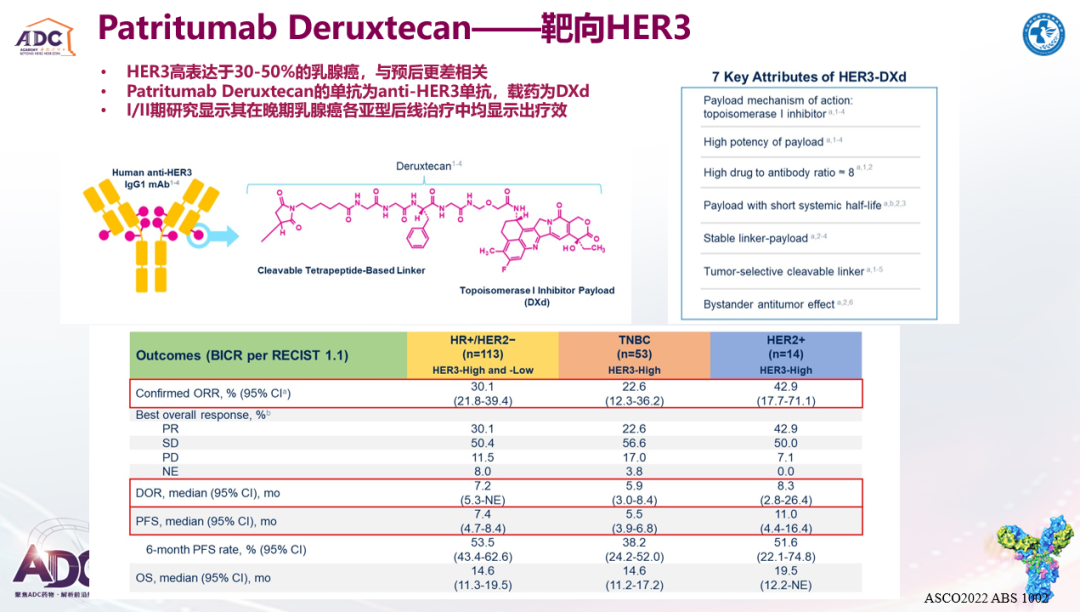
Adc academy online
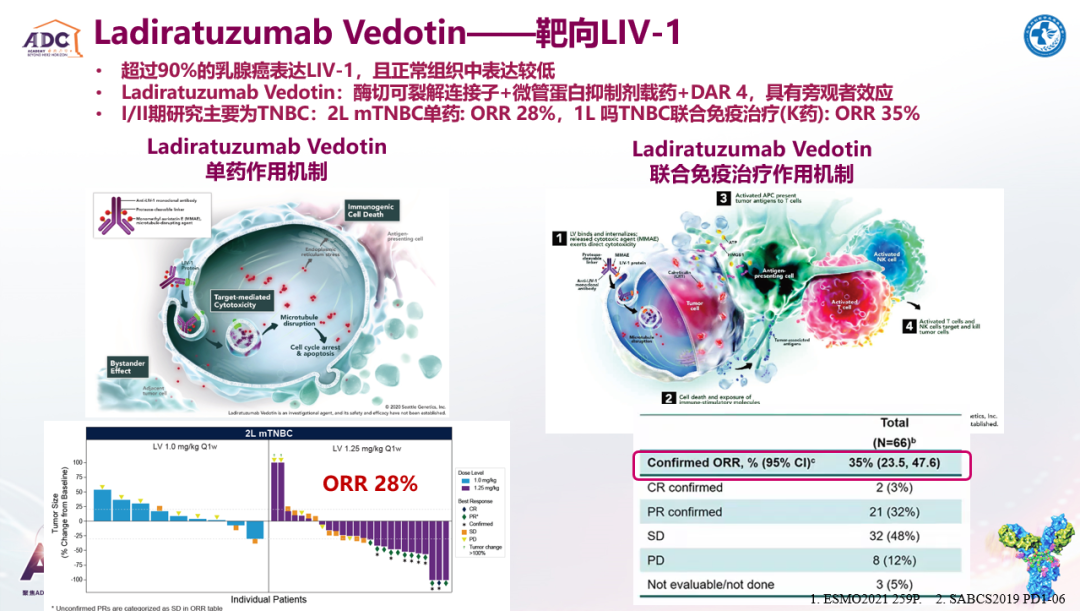
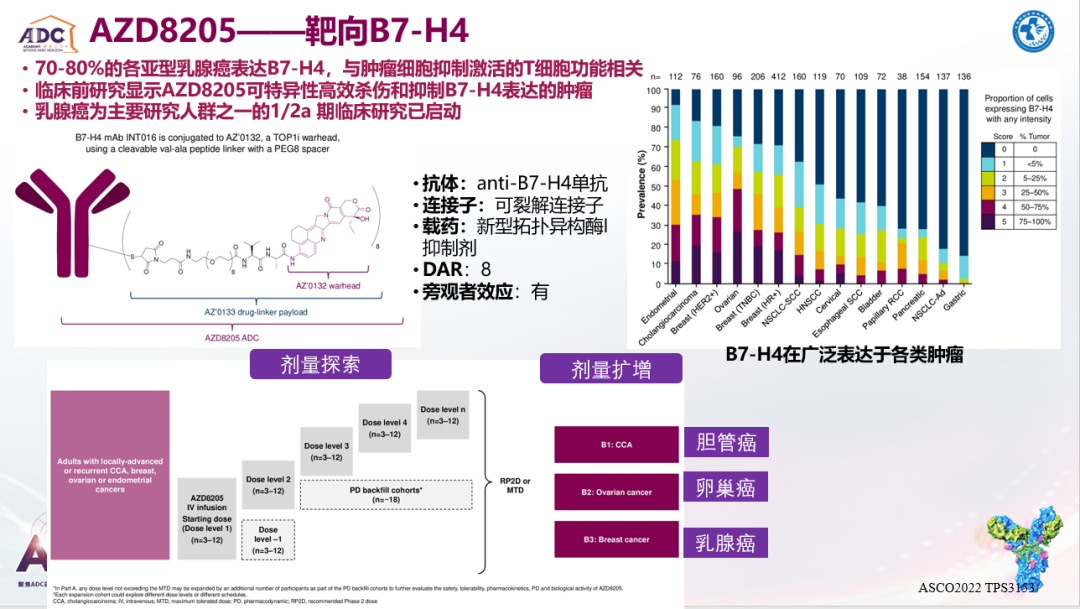

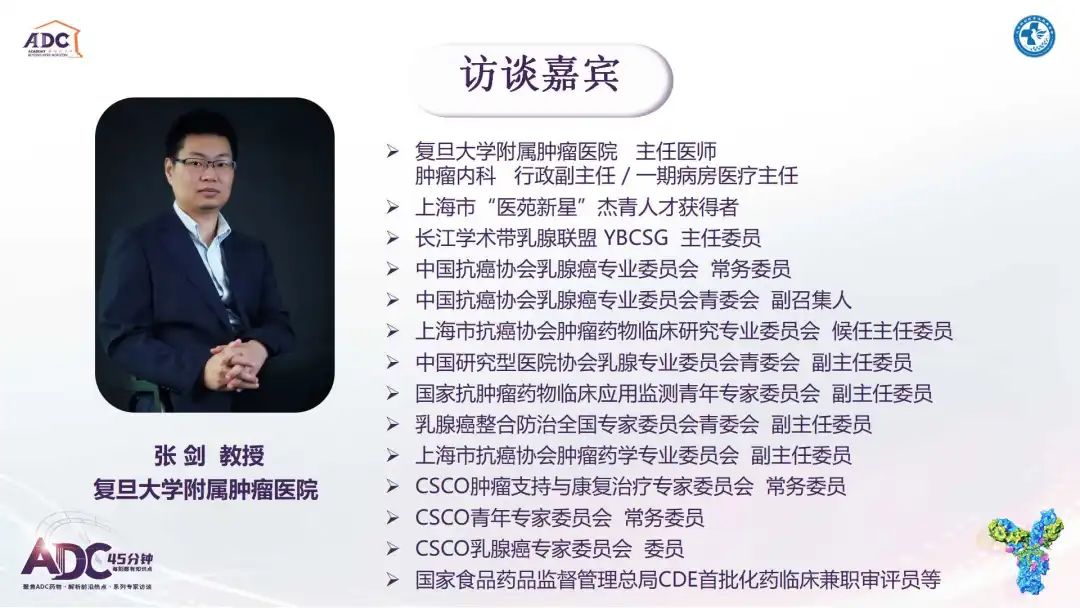
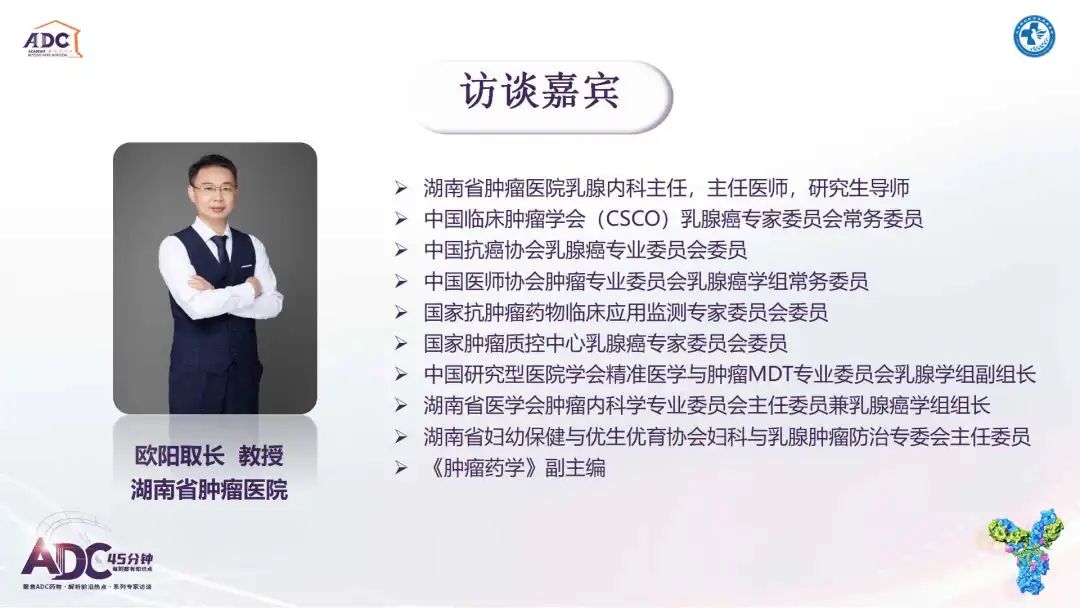
Hosted by the Beijing Science and Technology Innovation Medical Development Foundation, focusing on the academic exchange platform of antibody couplet drugs. The platform keeps pace with the latest progress in related fields and is committed to promoting the scientific exchanges and continuing medical education of relevant professionals.
*This article is only used to provide scientific information to medical people, and does not represent the viewpoint of this platform



- END -
Recovery training guidance manual for recovery training in the medical examination (1)

ForewordIn recent years, in the physical examination of the recruitment, there are...
China Space Power Power Station breaks the energy pattern and is no longer worried about electricity.

Space Power Station Imagination MapAs China proposed the theory of space power sta...